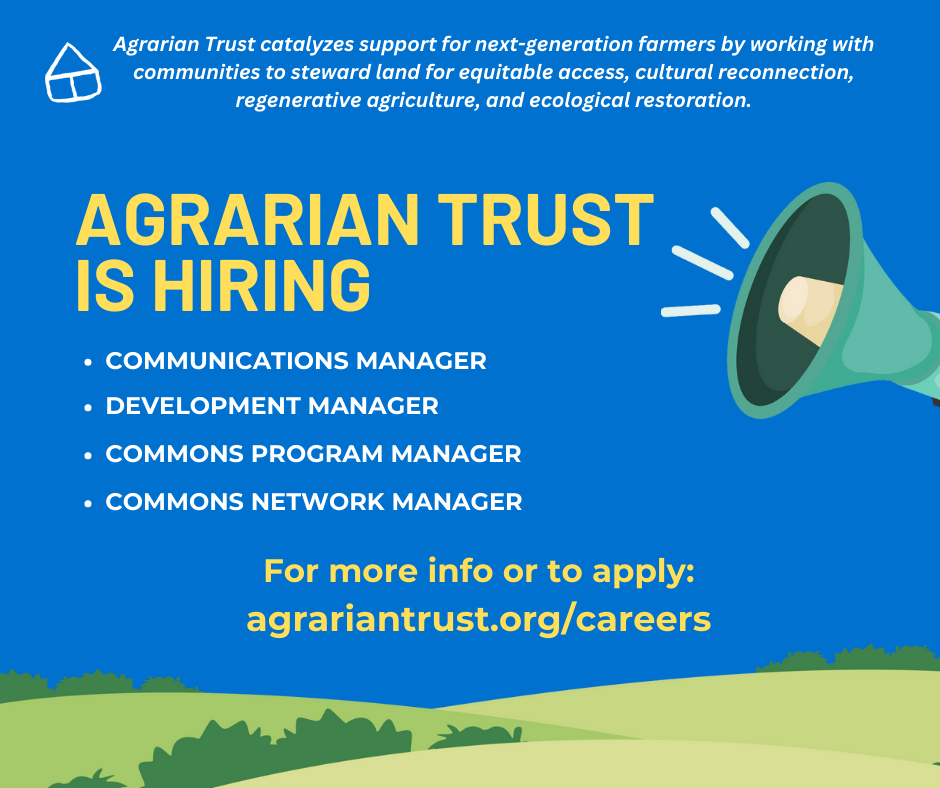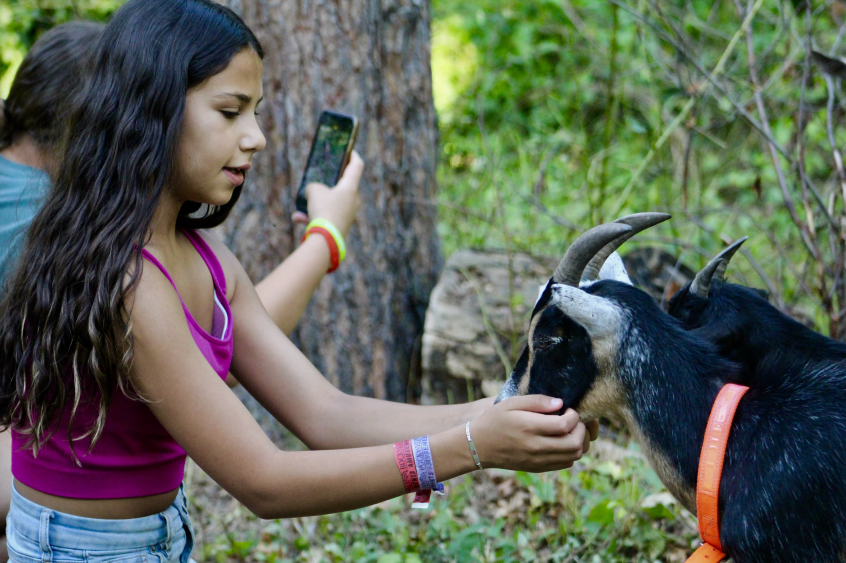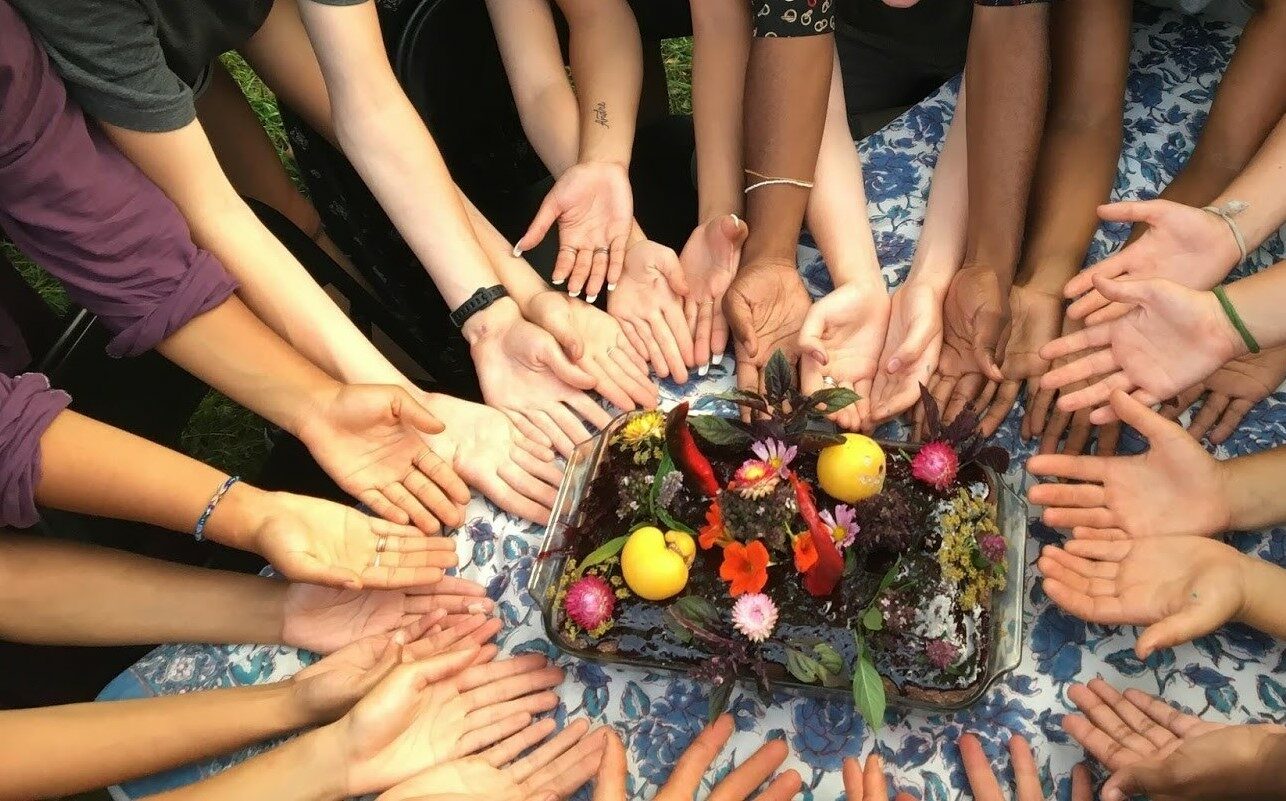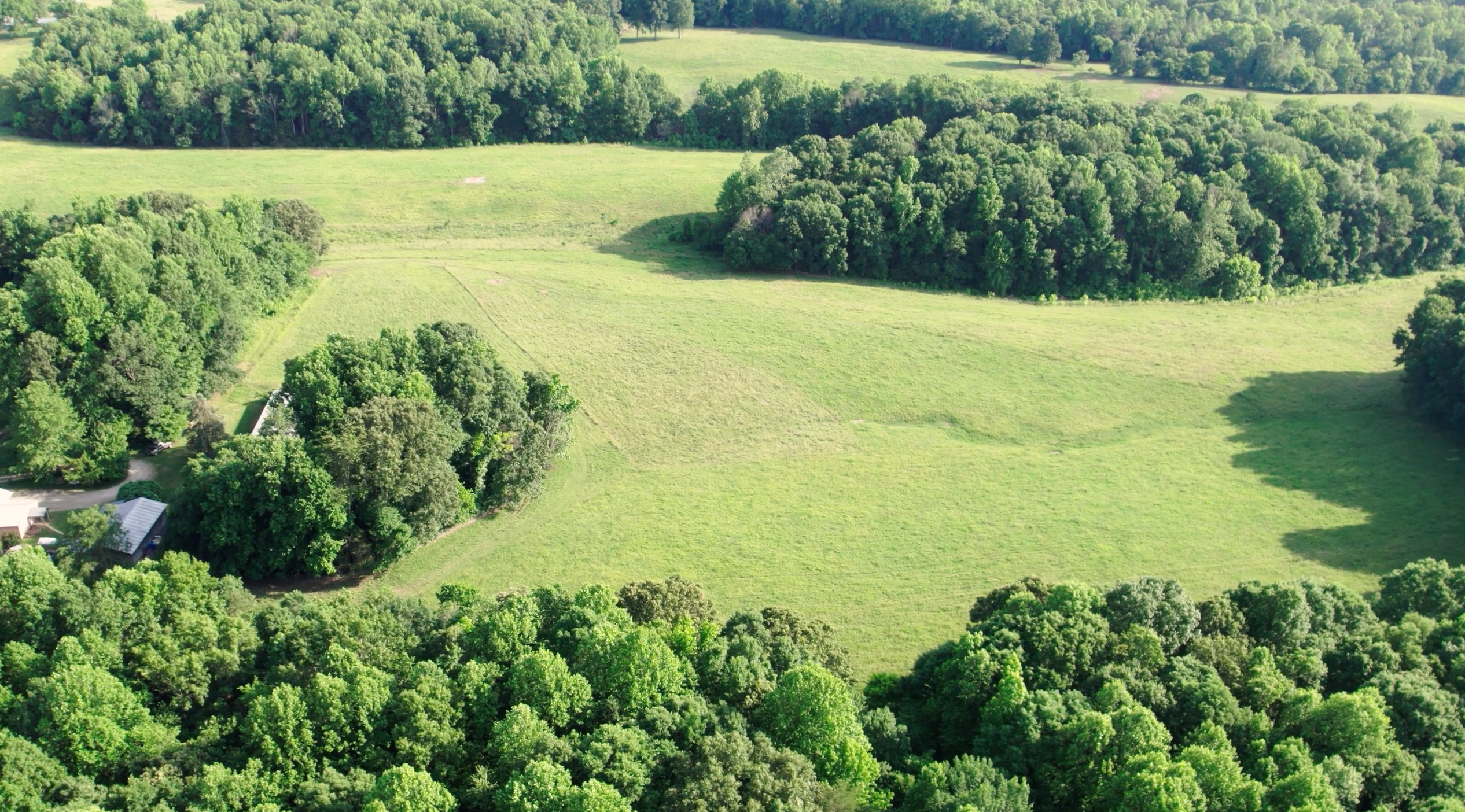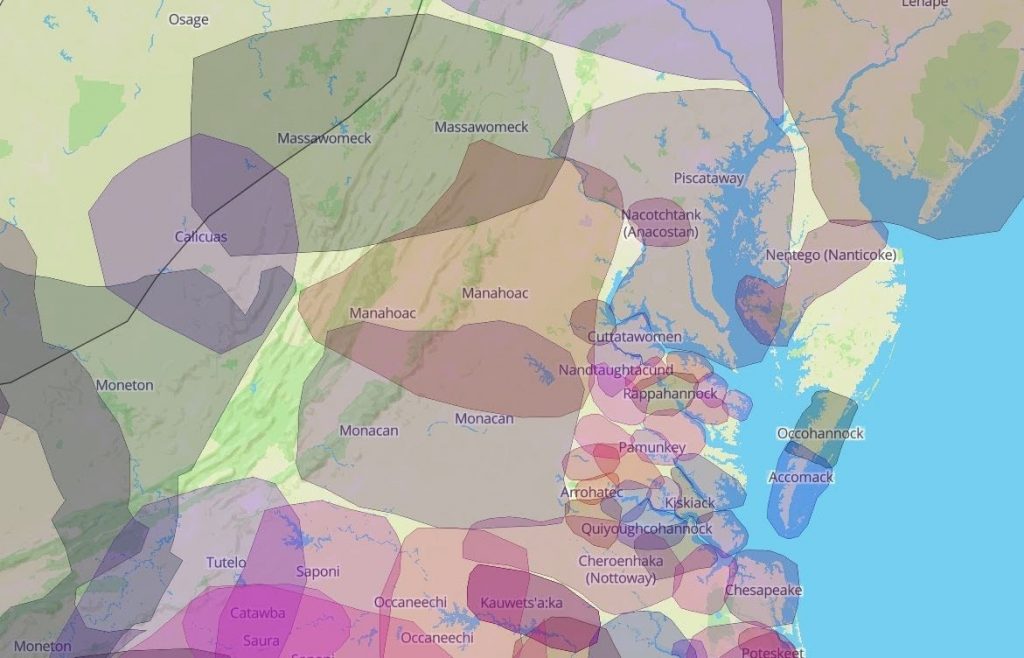By Neil Thapar, Food and Farm Director, Sustainable Economies Law Center

Originally posted on the Sustainable Economies Law Center blog
This is part two of #DemocratizeDecolonizeDecarbonize, a three-part essay series exploring the Law Center’s work on housing, land, and energy. ICYMI, click here to read the first essay, “Social housing is the only way forward.”
This is the decade of possibility. And as a new father, I feel a stronger sense of purpose and motivation than ever before to help build a just world that my daughter will grow into. Ten years from now, if we take advantage of the opportunities to secure land justice that are in front of us, I see a world where many more people feel a sense of belonging and security because they govern the land they live on, together.
The land we occupy today has been stolen from the indigenous peoples of this continent. A crime repeated every time land is bought and sold as a commodity. Anyone who has felt the sand between their toes on a beach, stood in awe of a mountain range, or laid their head to rest in a warm place they call home knows that land is not simply a commodity. Its value cannot be reduced to dollars and cents. In the case of the farmland that nourishes all of us, commodification has created a crisis in our food system that only a strong commitment to land justice can solve.

Farmland ownership is highly consolidated and racialized due to a long history of attempted genocide, dispossession, and slavery. Today, eight percent of farms control over 40% of all farmland. The average size of a farm, now 441 acres, increases every year as smaller farms buckle under the weight of the capital-intensive industrial agricultural model. There is also extreme racial disparity between who labors on the land and who profits from it. Over 60% of farmworkers are people of color, largely Latinx, while white people own 98% of all farmland, about 50 times as much as all farmland owned by people of color.
The symptoms of this unjust land ownership pattern manifest across our food system, disproportionately harming communities of color. We overproduce, yet our people are chronically undernourished. Farmers get older as farmworkers die younger. Technology on farms soars higher and higher and so do their greenhouse gas emissions. At every turn, it seems the odds are stacked against a socially just future for farming. And yet, even as consolidation and racialized ownership reaches what seems like its peak, a narrow window of opportunity is letting in just enough light for the seeds of justice to grow.

By 2030, as the current generation of farmers retire, about 400 million acres of farmland will transition from current ownership. For context, that’s 36 times the size of California’s Central Valley, often called the country’s breadbasket. How this land is stewarded will determine whether our food system can meet the demands of the climate crisis and sustainably feed us and future generations. Who gets this land will determine, in large part, whether we can repair the racial injustice that our food system is built on. While the transition is inevitable, justice is not.
Right now, pension funds, the ultra-wealthy, private prisons, and land speculators are grabbing farmland as fast as they can. As Vann Newkirk notes in his must-read essay, The Great Land Robbery, a single company—TIAA, one of the largest pension fund managers—now owns nearly as much land as Black people do in the Mississippi Delta region. In addition to the continued legacy of dispossession of Black farmers, the rise of absentee landlords like TIAA also leads to monocultures and a return to sharecropping-style farming arrangements. While this is not the future that will set us free, this is how the Great Transition is playing out at this moment. Nonetheless, this ongoing transition of land represents an unprecedented opportunity for our movements. Right now we have a chance to redirect the flow of this land away from absentee landlords and into collective stewardship.
To win, we need to mobilize more money than the public or private sectors have so far been willing to spend to acquire farmland for collective stewardship. We also need to reject the notion of land as a commodity. The solution is to approach land stewardship following indigenous leadership in recognizing that land is not just a “thing” we use, but a relative we care for. Put another way, we need to democratize, decolonize, and decarbonize farmland ownership.
Farmland projects across the country are implementing a vision of land justice through collective stewardship. In the Northeast, the Northeast Farmers of Color Land Trust formed as a Black, Indigenous, and People of Color led community land trust whose mission is to “rematriate land, decolonize ownership, and acknowledge land as a respected elder.” In Washington, workers from the farmworker union, Familias Unidas por la Justicia, formed a worker-owned coop farm. Now they’re establishing a land trust to own their farm as a community. Tribal communities whose federal trust status has been terminated or never recognized have turned to land trusts as a strategy for regaining access to and control of ancestral territory. Many focus on food production as a way to reclaim and reconnect with cultural traditions. Agrarian Trust, a national organization of white allies, is building a decentralized network of community land trusts, called Agrarian Commons, to support land conservation for the next generation of farmers.
We’re doubling down on this vision too. In 2019, Sustainable Economies Law Center became the fiscal sponsor for Minnow, a people of color-led land project focused on preserving farmland, realizing land justice, and building power for people of color in California. California has the largest agricultural economy in the US, fueled by a workforce of immigrants whose working and living conditions lead to a life expectancy one-third shorter than the average Californian. The price of farmland in California has skyrocketed beyond the reach of most farmers. For example, land values in the Sacramento Valley have risen 400% since 2005. And California is home to the largest population of Native people in the United States. Minnow exists to facilitate a just transition of farmland into community control, under indigenous governance, off the speculative market, and for farmers of color. (If you’d like to support Minnow, you can donate by clicking here.)

The seeds of land justice and food sovereignty have been sown. What we need now is rain.
A just transition for farmland demands large-scale private and public investment. Charitable foundations have both the capacity and the moral obligation to fund the demands by movements for land justice and food sovereignty at the pace and scale that we need to win. The one trillion dollars that foundations control is inextricably linked to the dispossesion, attempted genocide, and enslavement that built the economy and generated their wealth. It can also buy a lot of land. Yet only about seven percent of that trillion dollars is distributed each year, hardly any of it to directly support community ownership of land. Charitable foundations must take the opportunity to catalyze a just transition for farmland by answering and taking action to respond to the call: what about the other 93 percent?
Meanwhile, the effective organizing by grassroots groups like National Black Food and Justice Alliance, Rural Coalition, National Young Farmers Coalition, and Climate Justice Alliance has created space for a renewed national conversation about farmland ownership. Some lawmakers are joining in that conversation with legislative proposals like the Green New Deal. We also see this trend in presidential candidate policy platforms, like those of Senators Warren and Sanders.
At the state level, farmers and advocates in California, including Sustainable Economies Law Center, united in 2017 under the banner of the California Farmer Justice Collaborative to pass the Farmer Equity Act. The Farmer Equity Act was a call to action for the state department of agriculture to increase support for the state’s fastest growing demographic of farmers, people of color. Last year, the Collaborative proposed further legislation to invest in land ownership opportunities for farmers of color through community land trusts and cooperatives.
In the next decade, we can rewrite the story of our collective future—one that manifests indigenous sovereignty, reparations, and climate justice. Winning land justice is a precondition not only for a racially just food and farm economy, but for a real, thriving, and inclusive democracy. And true to the definition of democracy, we all have a role to play.
Only a people-powered organization can build a people-powered economy. Join us today to #DemocratizeDecolonizeDecarbonize farmland!

